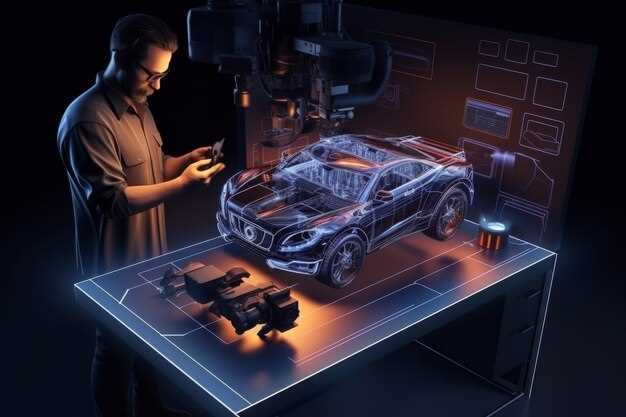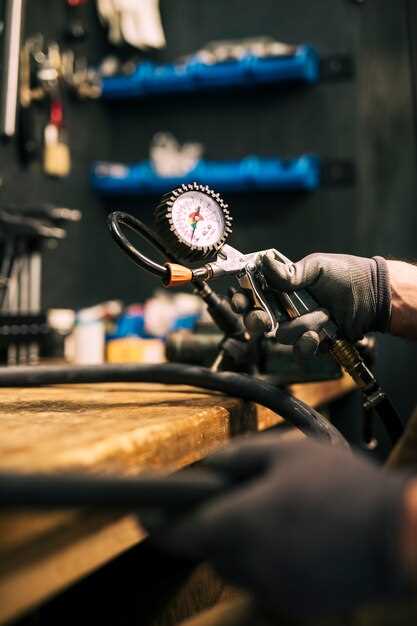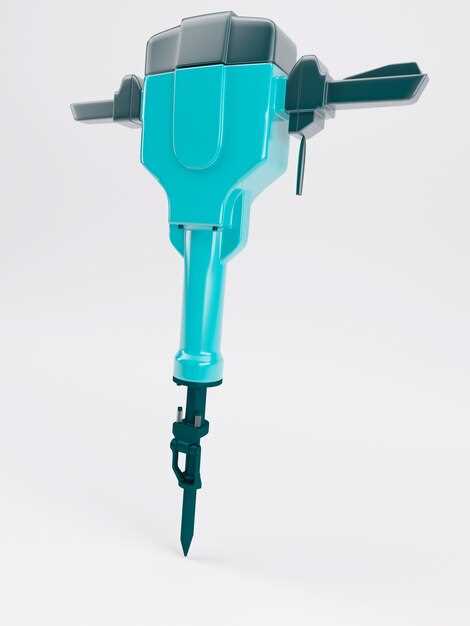
The landscape of auto body repair is on the brink of a revolutionary transformation. As technology advances at an unprecedented pace, the methods and tools used in collision repair are evolving to enhance efficiency, increase safety, and improve overall quality. Innovations ranging from advanced materials to intelligent robotics are set to redefine traditional practices, bringing a new level of precision and speed to the industry.
Technological advancements in auto body repair are being driven by a myriad of factors, including consumer demand for faster service and the growing complexity of modern vehicles. With the integration of high-strength materials, electric vehicles, and sophisticated electronics, the need for innovative repair solutions has never been more critical. As a result, the industry is witnessing the emergence of cutting-edge tools designed to meet these challenges head-on, paving the way for a more streamlined repair process.
Moreover, the incorporation of robotics in auto body repair signifies a major shift towards automation. Robotic systems are now being developed to assist technicians, offering enhanced precision in tasks such as welding, painting, and panel alignment. This not only reduces the potential for human error but also enables shops to optimize their workflow, allowing them to handle higher volumes of work without compromising quality. As these technologies continue to advance, the future of auto body repair holds the promise of greater efficiency and sustainability.
Advanced Materials and Their Impact on Repair Techniques
The automotive industry is witnessing a significant transformation driven by the development of advanced materials. These materials, including high-strength steels, aluminum alloys, carbon fiber, and composites, are not only enhancing vehicle performance but also changing the dynamics of auto body repair techniques.
High-strength steel is widely adopted due to its excellent tensile strength and lightweight properties. Its use in vehicle architecture allows for improved fuel efficiency and safety. However, this material requires specialized tools and techniques for repair, such as advanced welding and bonding methodologies to ensure structural integrity post-repair.
Aluminum is increasingly popular in modern vehicles due to its lightweight nature and resistance to corrosion. The repair processes for aluminum differ significantly from traditional steel repairs. Techniques such as welding require precise control of heat to avoid warping, making training and investment in new equipment essential for repair specialists.
Carbon fiber and composite materials present unique challenges due to their complex structures and properties. Unlike metals, they cannot be welded, necessitating the use of adhesives and specialized repair procedures. These materials often require diagnostic tools that can determine damage at a microscopic level, ensuring that repairs meet safety standards.
Moreover, the integration of advanced materials has led to the introduction of innovative repair solutions, including automated systems for assessing damage and robotic arms capable of executing precise repairs. Such technologies allow for a more efficient workflow, reducing repair times and improving overall quality.
In conclusion, the emergence of advanced materials is reshaping repair techniques in the auto body industry. Repair professionals must adapt to these changes by acquiring new skills and tools, ensuring that they can effectively restore modern vehicles to their original specifications while maintaining safety and durability.
Integration of AI in Diagnostic Tools for Faster Assessments

The integration of Artificial Intelligence (AI) in diagnostic tools is revolutionizing the auto body repair industry by significantly enhancing the speed and accuracy of assessments. This technology allows repair professionals to diagnose vehicle damage more effectively, leading to faster turnaround times and improved customer satisfaction.
AI-driven diagnostic tools utilize advanced algorithms and machine learning capabilities to analyze data from various sources, including:
- Mechanical sensors
- Image recognition techniques
- Vehicle history databases
Through the processing of this data, AI systems can identify issues that may not be visible to the naked eye, reducing the risk of oversight and ensuring comprehensive evaluations. The integration of AI offers several key advantages:
- Speed: AI diagnostic tools can process information in seconds, enabling technicians to obtain assessments quickly and streamline the repair process.
- Accuracy: With the ability to analyze patterns and learn from vast amounts of data, AI minimizes human error and improves the precision of damage assessments.
- Consistency: AI systems provide standardized evaluations, ensuring that assessments remain uniform across different technicians and repairs.
- Predictive Analysis: These tools can forecast potential future issues based on historical data, helping to preemptively address concerns before they escalate.
Furthermore, AI can assist in generating repair estimates by analyzing damage severity and suggesting appropriate repair methods, which helps in budgeting and planning.
As the automotive industry continues to embrace digital transformation, the integration of AI in diagnostic tools will not only expedite vehicle assessments but also enhance overall operational efficiency in auto body repair shops.
The Role of Robotics in Improving Precision and Safety in Repairs

Robotics is revolutionizing the auto body repair industry by significantly enhancing the precision of various repair processes. Advanced robotic systems are designed to execute intricate tasks with remarkable accuracy, minimizing human error. For instance, robots can perform paint applications in highly controlled environments, ensuring an even coat without drips or uneven surfaces. Their ability to provide consistent results not only improves the visual appeal of the vehicle but also enhances durability over time.
In addition to precision, robotics contributes to safety improvements in auto body repair. Traditional repair methods often expose technicians to hazardous materials and physically challenging tasks, increasing the risk of injuries. Robotics can take over high-risk operations, such as welding and heavy lifting, reducing the likelihood of accidents and ensuring a safer working environment. Automated systems can operate in environments that may be harmful to humans, such as areas with toxic fumes or extremes of temperature.
Furthermore, robotic systems are equipped with advanced sensors and machine learning algorithms that allow them to adapt to different repair scenarios. This adaptability enhances safety during complex repairs, as robots can analyze their surroundings and make real-time adjustments to their operations. For example, autonomous robots can navigate around obstacles and maintain an optimal distance from delicate components, ensuring that repairs are conducted without causing additional damage.
Collaboration between human workers and robots is also a key factor in improving safety. By offloading labor-intensive and hazardous tasks to robots, technicians can focus on more delicate procedures that require human insight and creativity. This synergy not only enhances the quality of repairs but also fosters a safer and more efficient work environment.
Overall, the integration of robotics into auto body repair processes is a transformative step towards achieving higher standards of precision and safety. As the technology continues to evolve, it is expected to drive further innovations that will benefit both repair professionals and vehicle owners alike.

